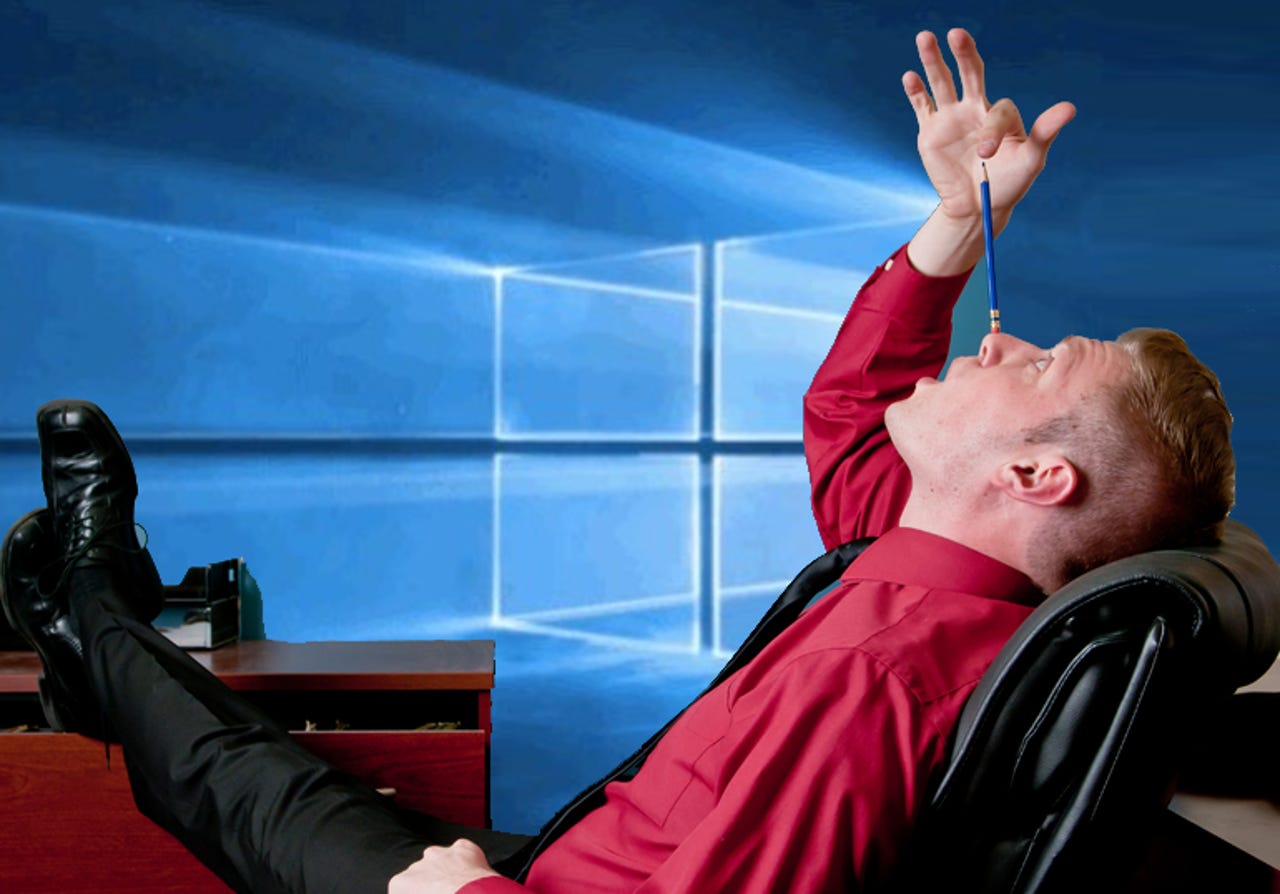The procrastinator's guide to free Windows 10 upgrades


You have only a few days left to claim your free upgrade.
Time is running out.
If you have a PC that's currently running Windows 7 or Windows 8.1, you qualify for a free upgrade to Windows 10. But that offer ends in a little over a week, on July 29, 2016, which means it's decision time.
You can stop right here if you're certain you don't want the upgrade. Just say no to the upgrade prompt and the nagging will stop at the end of this month.
If you're reasonably certain you'll want to upgrade in the next year, you should claim your upgrade now, then roll back to your current operating system. (Details here.)
For those who are ready to make the leap before the closing bell rings, here's how to do it with the maximum safety and minimum hassle.
1. Create an image-based backup of your current Windows installation.
This step is optional but highly recommended. Everyone should have a full backup anyway, and this is as good an excuse as any to make that happen. Both operating systems that support the free Windows 10 upgrade include the Windows 7 Backup tool, which has this capability built in.
Connect an external USB hard drive with sufficient free space and then run Sdclt.exe to start this tool. Click Create System Image in the left column and follow the wizard's prompts to create the backup.
Use this tool to create an image backup before you upgrade.
2. Check for an updated system BIOS.
I have personally helped four readers fix upgrades that either failed or exhibited instability after the upgrade was complete. The common denominator in all of them was an out-of-date BIOS. You can avoid needless heartache by doing this check before you start the upgrade.
Run Msinfo32.exe to see a page with your current BIOS (not SMBIOS!) version.
Then visit the website for the PC maker (or, for homebrew machines, the motherboard maker) and see if there's an updated BIOS. Pay special attention if your BIOS is older than July, 2015 and the latest version is newer.
3. Create a Windows 10 USB installer.
You'll need a USB drive at least 4 GB in size. Back up any files currently on that drive; they'll be erased as part of the process of downloading the files.
Go to this page, click Download Tool Now (not Upgrade Now!), and follow the instructions to install the Media Creation Tool. Follow the prompts to download the latest installation files and copy them to a bootable USB flash drive.
Although you can use an older set of installer files, you're better off getting the latest release. The files downloaded to the Media Creation Tool include the latest compatibility fixes and the most recent cumulative update, saving you some time and possible heartache later.
4. Run Setup from the USB drive.
Windows 10
Don't boot from that USB drive. You need to upgrade from within Windows to qualify for the free upgrade. Insert the USB flash drive you created earlier, then open Windows Explorer (Windows 7) or File Explorer (Windows 8.1), navigate to that drive's contents, and double-click Setup.
From that point, you can just follow my installation and activation guide.
If anything goes wrong, Setup should roll back automatically and return you to your previous operating system. In that case, you have three options:
- Check this troubleshooting FAQ to see if it identifies the problem you're having. If that information isn't helpful, call Microsoft's support line; there's no charge for support with upgrade-related issues.
- If you have a brick-and-mortar Microsoft Store nearby, bring your PC to them. They'll do the upgrade for free and have the resources to fix most problems. If they can't complete your upgrade by the end of the day, you might get a free laptop (or $150 credit) out of it. Details here.
- Give up. If you don't feel like troubleshooting, feel free to stick with your old operating system. Assuming you're running Windows 7 SP1 or later, your PC will be supported for more than three years, giving you plenty of time to plan a hardware upgrade at your own pace.
But do hurry. That offer ends on July 29, 2016, and Microsoft has no plans to extend it.